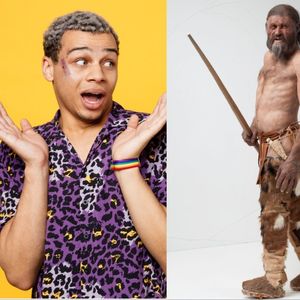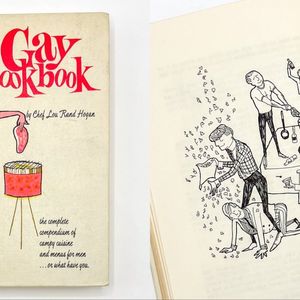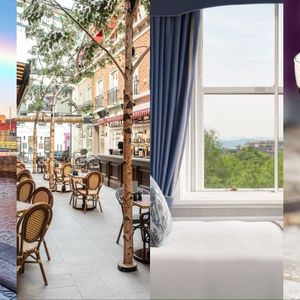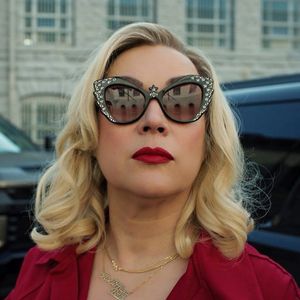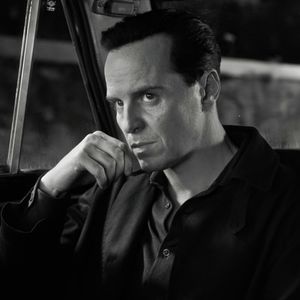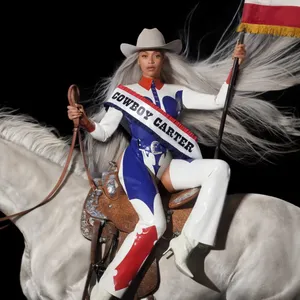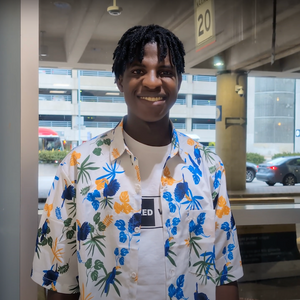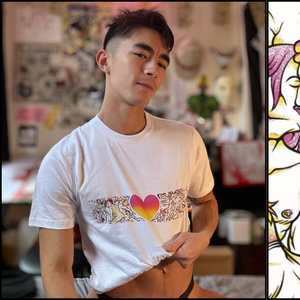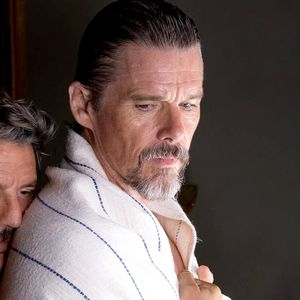Clad in a
turtleneck, khakis, and tennis shoes, University of
Washington architecture professor Jeffrey Ochsner
stands outside his Seattle home, discussing its
relationship to the land and its impact on the viewer.
Squinting behind his glasses on this unusually sunny winter
day, he points out that the sweeping curve of the
driveway forms a question mark punctuating the house
-- interesting, as the structure's straightforward
concrete facade belies the secrets contained within.
This house on
Lake Washington was designed by architect Lionel Pries. In
some ways, it was the house as much as the man -- Ochsner
began writing the book before he moved into the house
-- that helped the professor craft the new biography
Lionel H. Pries, Architect, Artist, Educator:
From Arts and Crafts to Modern Architecture.
"When you
come up, you don't really get a sense of what
you're going to get," Ochsner says of
the house. "Then you come in."
Lionel H. Pries, Julian and Marajane Barksdale
residence, Seattle, 1948-1949, 1954-1955, northeast
elevation. Photo by Frank L Jenkins
When he opens the
front door the space suddenly awakens, yawning into a
wide-open room of wood, angled to the windows beyond in such
a way as to highlight only the natural world -- the
grass, trees, and rippling water. It's a sight
to behold. House and nature are one.
The vision is
typical of many Pries designs: a private space that
incorporates the environment even as it shuts out the
neighbors. His homes have an almost hesitant
sociability, penetrable only after an invitation. Says
Ochsner: "It's all about how you get
there."
If you've
never heard of Lionel Pries, you're not alone. Though
an accomplished architect -- not to mention painter,
sculptor, and printmaker -- he's perhaps best
known in the architecture world as an educator. Many
of his students went on to have careers in the spotlight,
including Los Angeles architect A. Quincy Jones, designer of
the Shorecliff Tower Apartments in Santa Monica, and
Minoru Yamasaki, who designed the World Trade Center.
Pries designed numerous structures as a member of
various firms and on his own, some of which have yet to be
discovered, but has been far eclipsed by many of his pupils.
"For years
there wasn't really much known about Lionel
Pries," says Ochsner. "It's as if
it's been written out of history." The reason?
Pries, who was also employed by UW, was discovered to be gay
in the homophobic 1950s.
Pries was born in
1897 in San Francisco. His father worked at Gump's, a
Bay Area retailer specializing in European and Asian art.
The ornate showrooms presumably made an impression on
the young Pries, who went on to the University of
California, Berkeley, where he absorbed a curriculum
steeped in the pedagogy of the Paris-based Ecole des
Beaux-Arts and finished at the top of his class. He
then headed east to the University of Pennsylvania,
where he studied architecture under Paul Philippe Cret
and won a number of awards.
Lionel H. Pries, untitled view of Mexican village,
ca. 1930s; watercolor, 12-1/4 x 18-1/4 inches. College
of Architecture & Urban Planning, University
of Washington.
During frequent
trips to Mexico in the '20s and '30s, Pries
mixed with avant-garde artists such as Diego Rivera
and was influenced by the architect Juan
O'Gorman, who created structures with privacy in
mind.
In 1928, Pries
joined the University of Washington's faculty as
professor of architecture, making what Ochsner
describes as "an immediate impact." He
placed a premium on the study of other art forms, from music
to painting, as a means for his pupils to grow and
develop as architects. "He had this tremendous
ability to inspire students," says Ochsner,
adding that Pries often boarded his students at his home,
thereby creating a kind of extended family. But within
his academic confines, Ochsner says, Pries remained
deeply closeted.
"That
period was very difficult for gay men," says the
author. "There was a bifurcation between the
emotional life and the sexual life, because stable
[same-sex] relationships were impossible. The students at
the university were Pries's family."
When we begin
talking about Pries's dismissal from the university,
Ochsner who is married and not gay, pauses. The air in his
sun-splashed living room fills with silence, and he
bends over on the couch, as if bracing himself against
the story to come.
In the summer of
1958, Pries visited Robert W. Winskill, a younger friend
who shared his interest in collecting, in Los Angeles. While
Winskill was at work, Pries went to a park, which was
at the time the only discreet venue for meeting other
men. The man he encountered turned out to be a police
officer.
Lionel H. Pries, Julian and Marajane Barksdale
residence, Seattle, 1948-1949, 1954-1955, living room
viewed from dining room. Photo by Frank L Jenkins.
The experience
was humiliating -- Pries was arrested on "moral
charges" and forced to pay a fine -- but it
would also prove devastating to his career. In the
late '50s, if a teacher was arrested in Los Angeles
for homosexual behavior, a report had to be sent to
the school at which he taught. On Friday, October 31,
1958, Pries was forced to resign from his position as
professor of architecture at the University of Washington.
By Monday, all traces of him were wiped from the
school he'd been so devoted to.
Pries lost his
benefits, his salary, and his pension; but perhaps more
important, he lost his legacy. To earn a living, he worked
for a former student as a draftsman. And while he
played a part in the interior design of the Space
Needle in Seattle and some minor residential projects, his
presence at the university and in architectural history was
all but erased when he died of a heart attack in 1968.
Ochsner exhales
deeply. Pries's landscape, which cradles the exterior
angles of the house, is visible from the wall-length windows
behind him. He taps the cover of his biography,
sitting on top of the coffee table.
"Anyway," he says, "maybe this recovers
some of it."





































